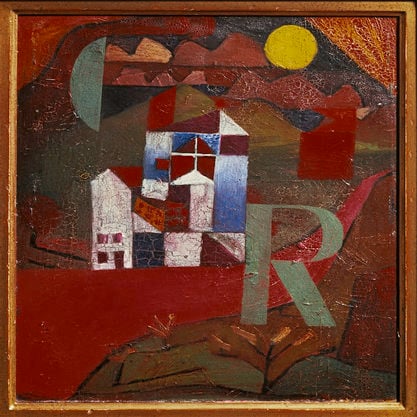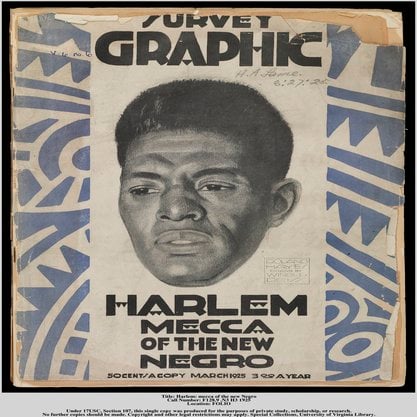Article
McCay, Winsor (c.1867–1934) By Ioniță, Maria
Article
Winsor McCay (born Zenas Winsor McKay) was an American graphic artist and animator, best known for his Art Nouveau-inflected landmark comic strips Little Nemo in Slumberland (1905–14; 1924–6), Little Sammy Sneeze (1904–6), and Dream of the Rarebit Fiend (1904–25), and his pioneering cartoon shorts Gertie the Dinosaur (1913), How a Mosquito Operates (1912), and Bug Vaudeville (1921). McKay’s early comic strips are notable for their meta-humour, exploiting the idiosyncrasies of their medium: little Sammy’s apocalyptic sneezes, for example, would often demolish the panel borders of the last few frames.

